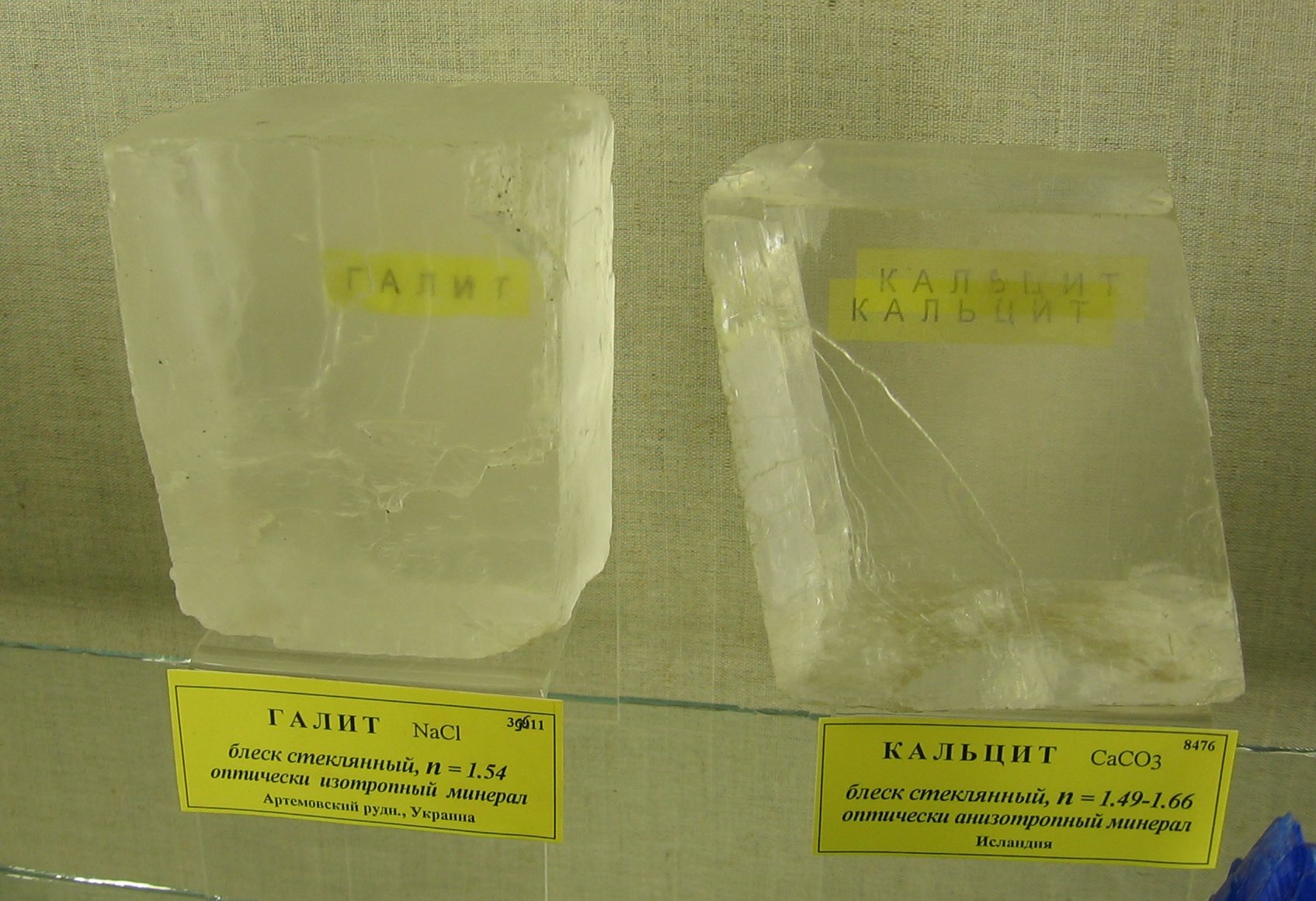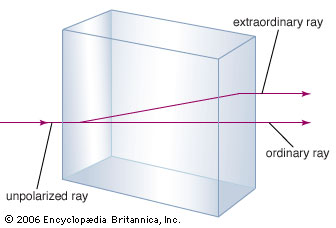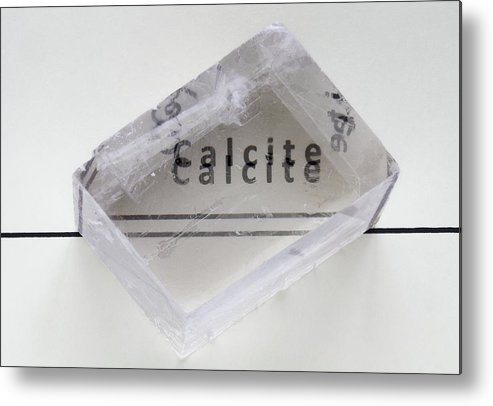What is the easiest way to identify the mineral calcite?
2 Answers
I'd say it would be its reaction with hydrochloric acid.
Explanation:
Calcite, or calcium carbonate , is the primary mineral found in limestone, and its parent metamorphic rock, marble. It's really found just about everywhere, but it's found in higher concentrations within those two rocks.
Looks can be deceiving, and there are many minerals that look similar to calcite, and it also comes in so many aesthetics. Thus, visual inspection isn't enough to determine its existence in a rock.
Look at the image below to see an example of its similarity with halite (table salt):

As you can see, they look very similar to each other. Visual inspection isn't enough.
There are multiple ways to identify minerals, like their cleavage, densities, hardness, luster, appearances both macro- and microscopically, streak, magnetism, and by using lab aids (like hydrochloric acid, or HCl). As a result, and in the interest of saving time, I like to jump to using HCl for minerals that closely look like calcite, or on rocks that I may suspect having the mineral within it.
It may be a good idea just to know that calcium carbonate reacts vigorously with hydrochloric acid. The chemistry may not be as important for you, but it happens as a result of the production of carbon dioxide gas. It's a pretty neat looking reaction, as it happens fairly quickly.
Check out this YouTube video, which demonstrates the reaction.
better way to identify is by double refraction technique
Explanation:
although calcite reacts with HCl amazingly, this reaction is mainly used too identify limestone and dolostone in the field. my suggestion would be to use double refraction to identify calcite. By double refraction when light passes through calcite, it is split into two rays and is refracted twice. I would suggest to take a piece of paper and make a point with pencil, then place the calcite mineral on top of the point and see whether the point splits into two or not. If it does then it is calcite.


